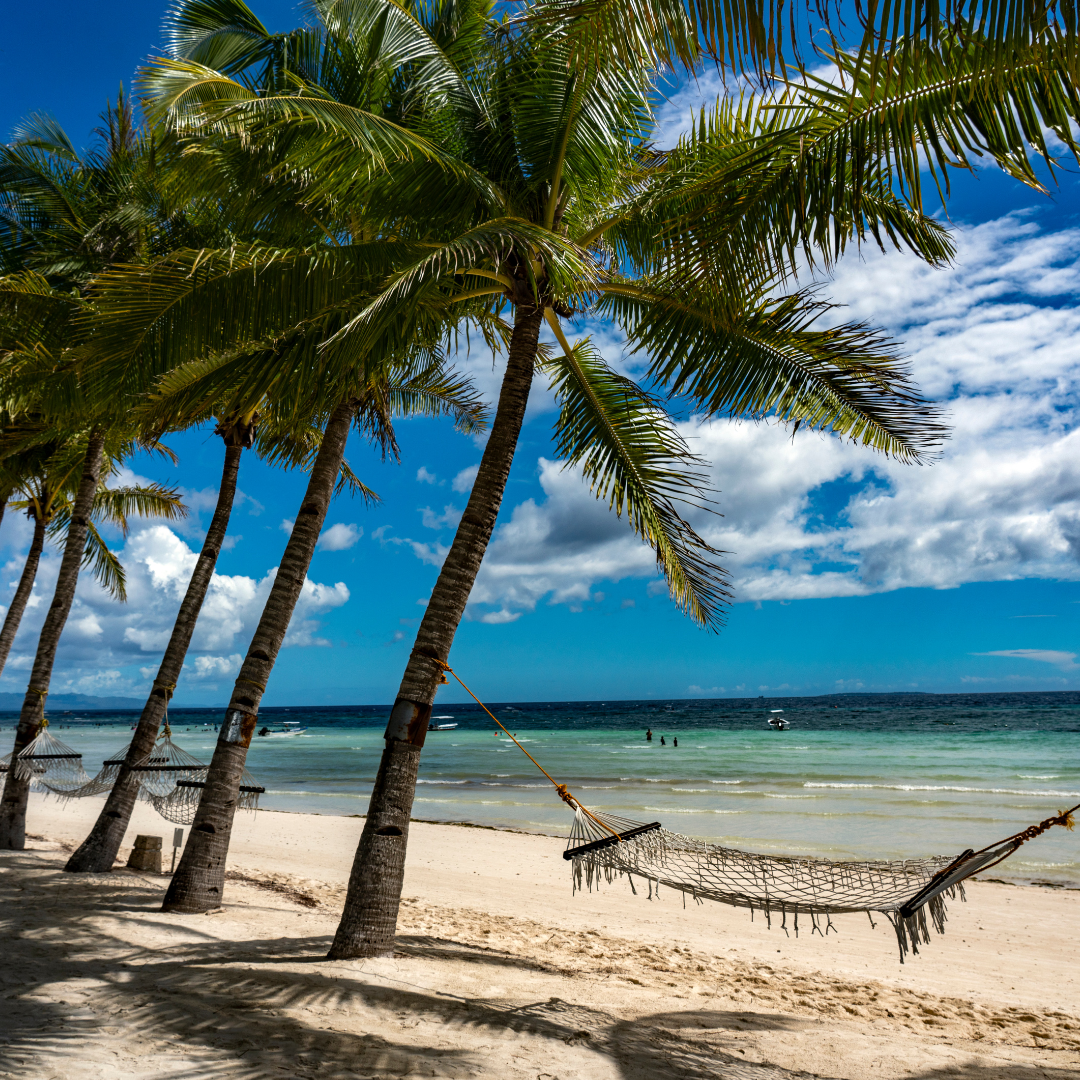Cebu’s Maritime Heritage: Exploring its Historic Sites and Cultural Attractions

Nestled in the heart of the Philippine archipelago, Cebu stands as a testament to the nation’s rich maritime history and vibrant cultural tapestry. Over centuries, it has been a witness to foreign arrivals, dramatic battles, religious conversions, and evocative festivals. A journey through Cebu isn’t just about traversing through its terrains but is akin to stepping back in time and reliving moments that shaped its identity. As one sails its waters, walks its historic streets, and partakes in its traditions, the spirit of Cebu unfolds in myriad ways.
Magellan’s Cross: A Symbol of Cebu’s Christianization
Standing tall amidst Cebu’s bustling cityscape is the Magellan’s Cross, a symbol of the Philippines’ conversion to Christianity. It was here, in 1521, that Portuguese explorer Ferdinand Magellan planted a wooden cross, marking the first Christian baptism in the nation. Housed within a stone chapel, the cross, as per legend, holds miraculous powers and is an embodiment of the Filipinos’ devout Christian faith. Over the years, it has not only been a religious monument but has also been a reminder of Cebu’s pivotal role in the nation’s spiritual journey.
Fort San Pedro: Delving into Cebu’s Colonial Past
Nestled by the sea, Fort San Pedro, with its formidable stone walls, harks back to Cebu’s colonial past. Built by the Spanish in the 17th century, this fort was a defense bastion against foreign invasions. With its triangular layout, robust watchtowers, and preserved artifacts, the fort provides a window into the life and times of colonial Cebu. Today, it stands as a tranquil respite from city life, with manicured gardens and panoramic views of the sea, beckoning travelers and history aficionados alike.
Mactan Island: Battle Ground of Lapu-Lapu and Magellan
A stone’s throw away from Cebu’s main island is Mactan, a place that resonates with the bravery of the indigenous chieftain, Lapu-Lapu. It was on this island’s shores in 1521, that the famous Battle of Mactan occurred, leading to Magellan’s defeat. Today, a statue of Lapu-Lapu stands proud, commemorating his valor and the Filipinos’ indomitable spirit. The island, besides its historical significance, also boasts pristine beaches and world-class diving spots, making it a fusion of past tales and natural allure.
Cebu’s Festivities: Sinulog Festival and Dance
Every January, Cebu pulsates with fervor as the Sinulog Festival takes over. A vibrant celebration in honor of the Santo Niño, or the child Jesus, Sinulog is a tapestry of colorful processions, rhythmic drum beats, and the iconic Sinulog dance. This traditional dance, with its two-steps-forward-one-step-backward motion, mirrors the currents of Cebu’s Pahina River. The streets come alive with performers, local and foreign tourists, all coming together in a harmonious blend of devotion and jubilation.
Osmeña Peak to Kawasan Falls: Nature’s Wonders
While Cebu’s history is riveting, its natural wonders are equally mesmerizing. Osmeña Peak, the highest point in Cebu, offers panoramic vistas of jagged cliffs and the surrounding seascape. A trek to its summit during sunrise or sunset provides surreal views and a serene moment of reflection. Further south, the cascading waters of Kawasan Falls beckon. Enclosed by verdant jungles, the turquoise pools of the falls provide a refreshing dip after the exhilarating canyoneering adventures that the area is known for.
South Cebu: Whale Sharks and Sardine Runs
The waters of South Cebu are a treasure trove of marine experiences. In Oslob, one can have the once-in-a-lifetime experience of swimming alongside the gentle giants, the whale sharks. Moalboal, on the other hand, is famous for its sardine runs, where divers are surrounded by swirling vortexes of millions of sardines, creating an unparalleled underwater spectacle. These natural encounters, coupled with the region’s coral-rich dive spots, make South Cebu a must-visit for every marine enthusiast.
Gastronomic Adventures: Trying Cebu’s Lechon and Dried Mangoes
A journey through Cebu is incomplete without savoring its culinary delights. At the forefront is Cebu’s Lechon, a roasted suckling pig known for its crispy skin and succulent meat, often considered the best in the Philippines. Complementing this savory treat are the sweet and tangy dried mangoes, a popular snack and souvenir. As one bites into these delicacies, the flavors of Cebu burst forth, reminding one of the island’s rich bounty and culinary heritage.
Cebu, with its blend of historic sites, cultural festivities, and natural wonders, offers a holistic experience that transcends time. Its tales of bravery, faith, and resilience are woven into its landscapes, festivals, and even its flavors. As the waves of its shores whisper stories of bygone eras, and the rhythms of its dances resonate with centuries-old traditions, a voyage through Cebu becomes a journey through the annals of Philippine heritage. For those seeking to understand the soul of the Philippines, Cebu stands as a beacon, illuminating the nation’s past and present in all its multifaceted glory.


